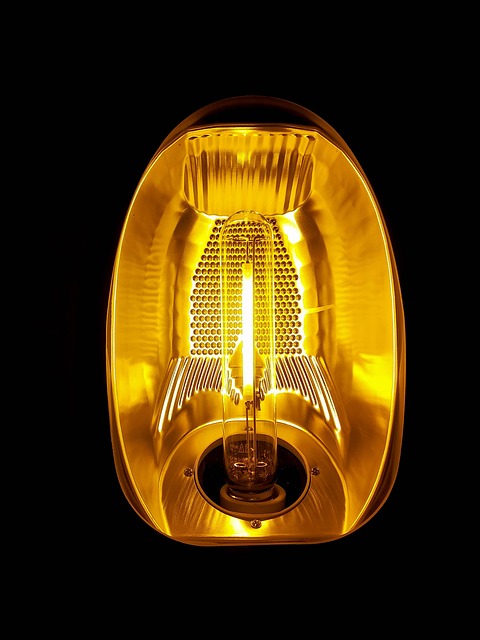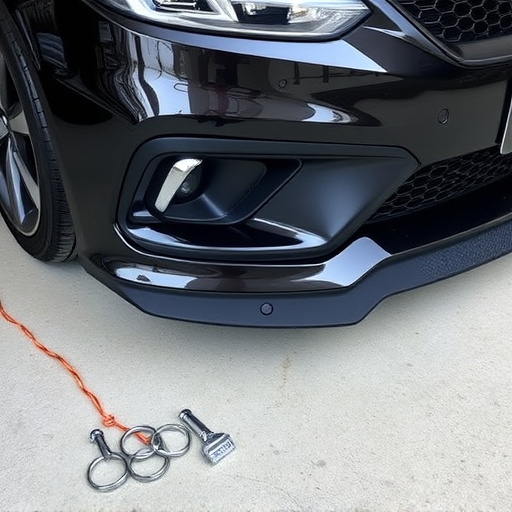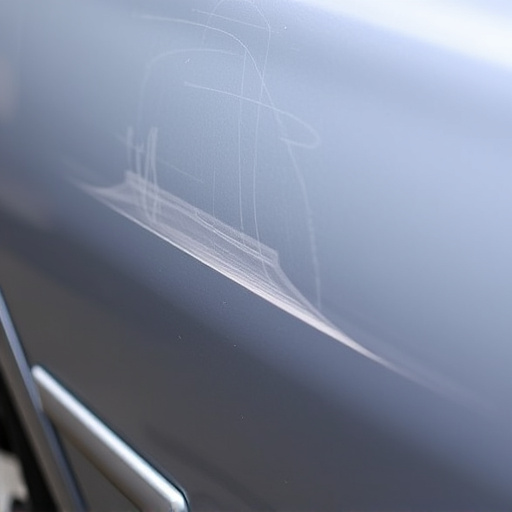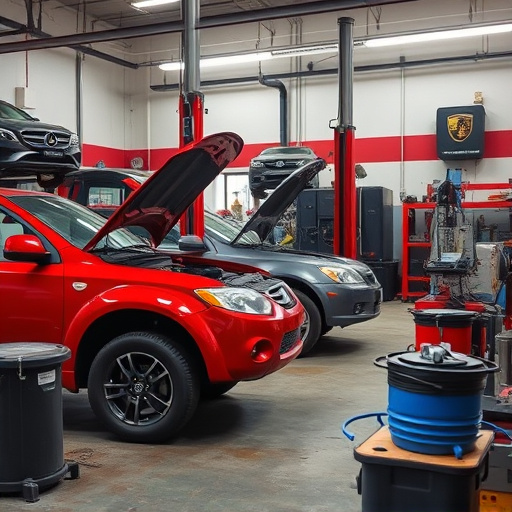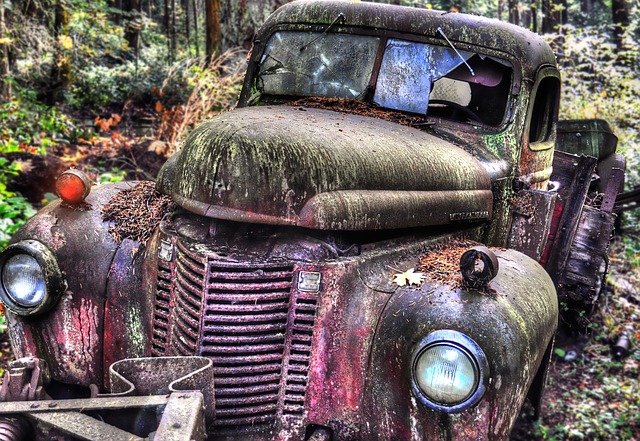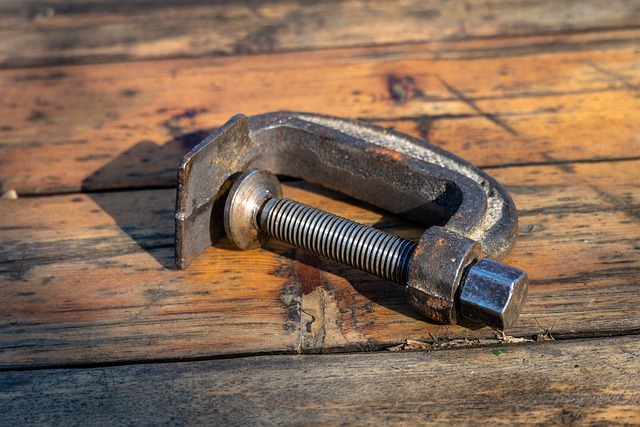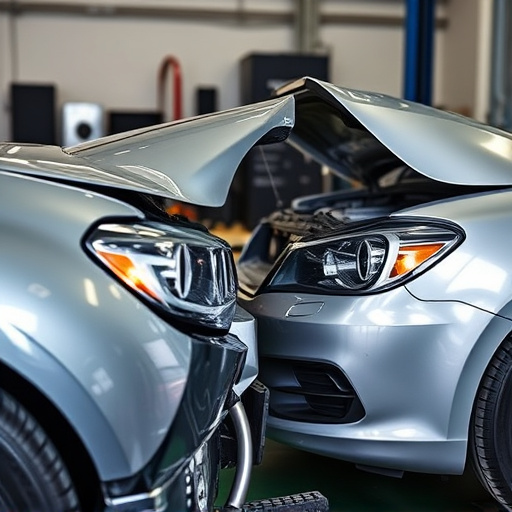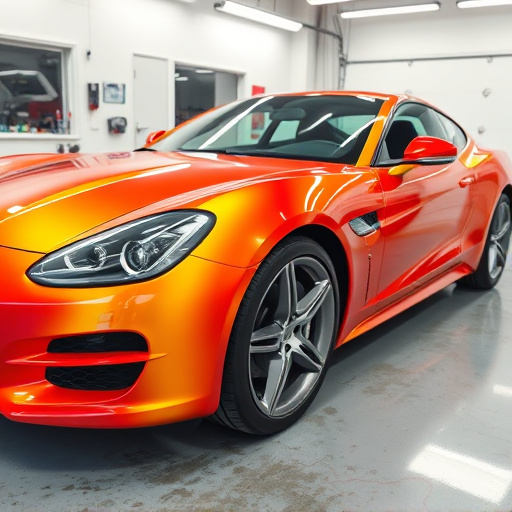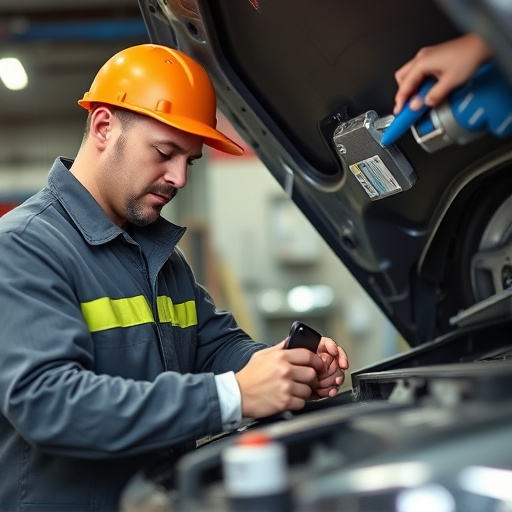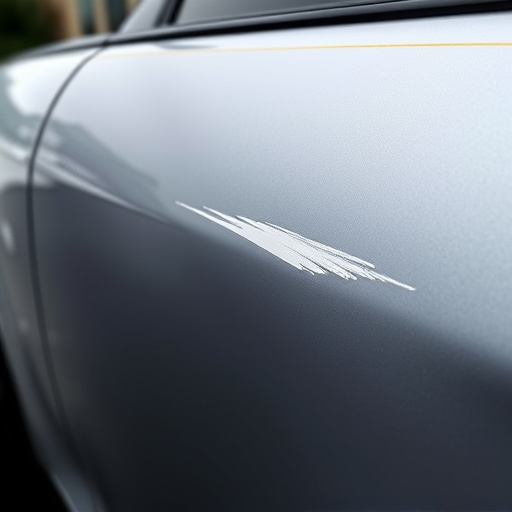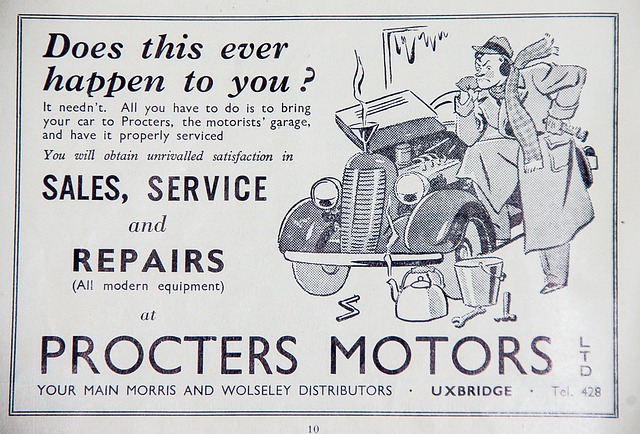Coupe Collision Repair: Skilled technicians at reputable auto shops conduct meticulous inspections using specialized tools and digital imaging to identify and assess dents, creases, cracks, and structural damage in coupe vehicles. This initial evaluation determines the repair scope, guides work sequence, and ensures both aesthetic appeal and structural integrity are restored after collision repair. Advanced tools like digital measuring tools and 3D scanners facilitate precise diagnosis for tailored repair solutions.
“Uncovering the fundamentals of coupe collision repair is essential for both professionals and enthusiasts. This comprehensive guide breaks down the intricate process, from identifying dents, scratches, and cracked glass to the meticulous disassembly, repair, and refinishing stages. Learn about specialized tools and techniques used in initial damage assessment, ensuring structural integrity, and achieving flawless color matching. Discover quality assurance measures that guarantee professional results, leaving your coupe restored and ready to hit the road with confidence.”
- Assessing the Damage: The First Step in Coupe Collision Repair
- – Identifying types of damage (dents, scratches, cracked glass)
- – Tools and techniques for initial inspection
Assessing the Damage: The First Step in Coupe Collision Repair
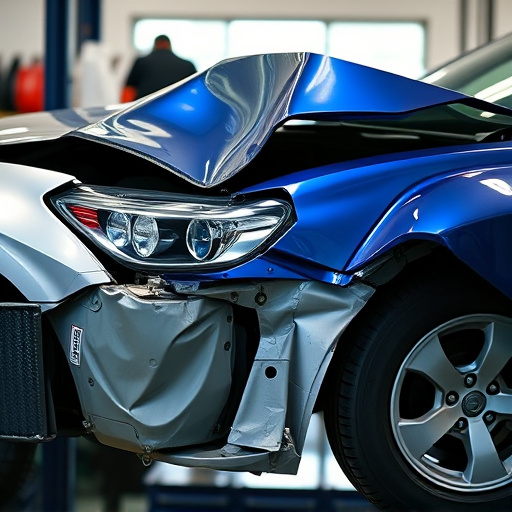
Assessing the damage is the critical first step in coupe collision repair. When a coupe, known for its sleek design and precision engineering, encounters an obstacle, the impact can be complex due to their intricate body panels and contours. Skilled technicians at a reputable auto repair shop meticulously inspect the vehicle to identify every detail of the collision. They pay close attention to bends, creases, dents, and cracks in the body, using specialized tools for accurate measurements and digital imaging to document the damage accurately.
This thorough assessment not only helps in determining the extent of the collision repair needed but also guides the sequence of repairs. It ensures that every part of the coupe is restored to its original condition, maintaining its aesthetic appeal and structural integrity. With a clear understanding of the damage, the auto repair shop can devise an effective plan for vehicle body repair, ensuring the final product is a seamless fusion of art and engineering.
– Identifying types of damage (dents, scratches, cracked glass)
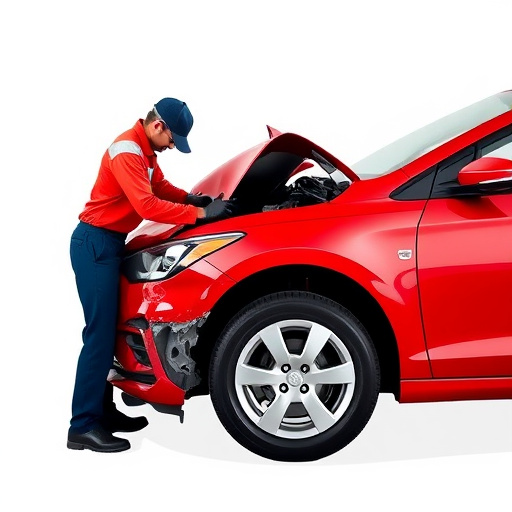
When addressing coupe collision repair, the first step involves meticulously identifying various types of damage sustained by the vehicle. Common issues include dents, which can range from minor indentations to severe deformities, and scratches, which may affect both the exterior paint and underlying surface. Cracked or broken glass is another frequent concern, requiring specialized attention to ensure safety and structural integrity. An experienced auto collision center will have the tools and expertise to accurately assess these damages, playing a crucial role in the restoration process.
Proper identification facilitates effective repair strategies, whether it’s minor dent removal, intricate auto body painting for scratches, or comprehensive replacement of shattered glass panels. Each damage type demands tailored techniques, from pneumatic tools for dent removal to advanced painting technologies in an automotive body shop to restore the vehicle’s original finish. This meticulous approach ensures that the repaired coupe not only looks as good as new but also retains its structural integrity after the coupe collision repair process is complete.
– Tools and techniques for initial inspection
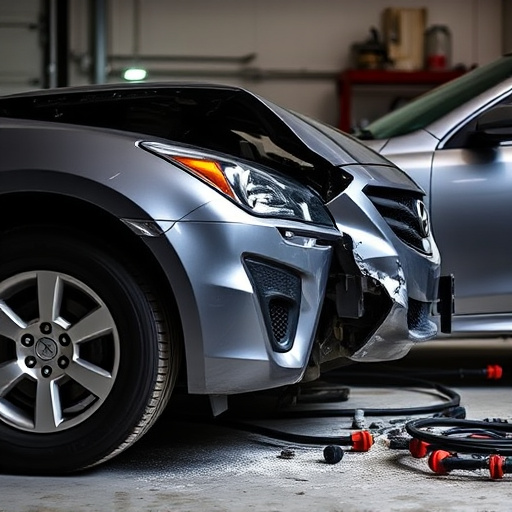
When it comes to coupe collision repair, the initial inspection is a crucial step that involves both meticulous observation and advanced tools. Professionals use specialized equipment like digital measuring tools and 3D scanning devices to accurately assess the extent of car damage repair needed. These technologies enable precise measurements of dented panels, misaligned frames, and other structural deformities, ensuring a thorough understanding of the scope of work ahead.
During this phase, skilled technicians also employ visual inspection techniques, examining the coupe from all angles for any signs of hidden damage or secondary issues. By combining advanced tools with keen eye for detail, they can accurately diagnose problems within the auto bodywork, laying the foundation for effective and efficient car damage repair tailored to the specific needs of each unique vehicle.
In conclusion, successful coupe collision repair begins with a thorough understanding of damage assessment. By identifying dents, scratches, and cracked glass, along with the tools and techniques to inspect them, technicians can ensure precise and effective repairs. Mastering these basics is key to restoring coupes to their former aesthetic glory, satisfying customers, and streamlining the overall repair process.

